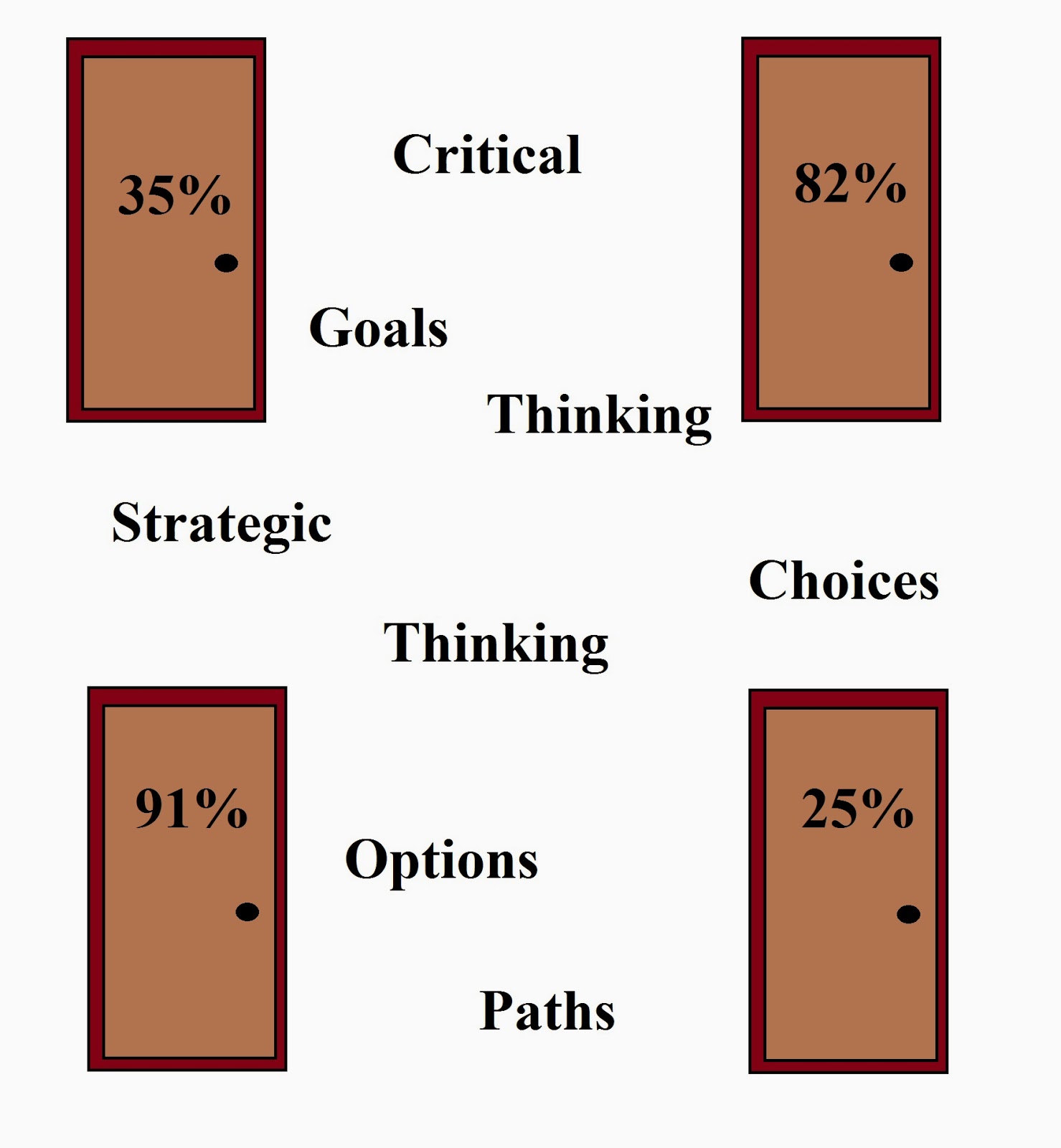American’s have lots of data in cyber world and if one had access to all of the Internet searches, purchases, phone calls, household information, text, emails, and databases there would be a solid consumer profile on just about anyone. Large databases stored in corporations and government offices are attractive because of their wealth of information. Protecting data has emerged as a top initiative.
The problem is that this data is not useless and contains an abundance of sensitive financial and personal information. Data that is not important in isolation can be worth much more when combined with other large databases. Cross analysis can create all types of connections among behaviors and information.
Businesses have a responsibility to protect data against foreign governments, corporations, or individuals that seek to exploit this information for their own interests. Consumers expect their data to be protected from misuse and to be secure. This is even more so when they don’t know their data is being collected.
As information becomes stored in various locations across the globe and more transactions become electronic the distance between two entities no longer makes much difference. A person from across the globe could be stealing information and buying products just as easily as a person a few blocks away..
In recent history we have become aware of major hacking of millions of documents from the Office of Personnel Management. Hacking has been an ongoing event long time but we have only now become aware of the data that was moving out of this office. Truckloads of data hauled out under our noses.
By this point the information may been sold to thieves, hackers, governments, and other exploiters. No one knows for sure who would go through all this trouble and what their plans are for the information were. We do know that their strategy wasn’t designed to use millions of background checks for the best interest of society; at least not our society. Better protection of data will be important in the decades to come.
